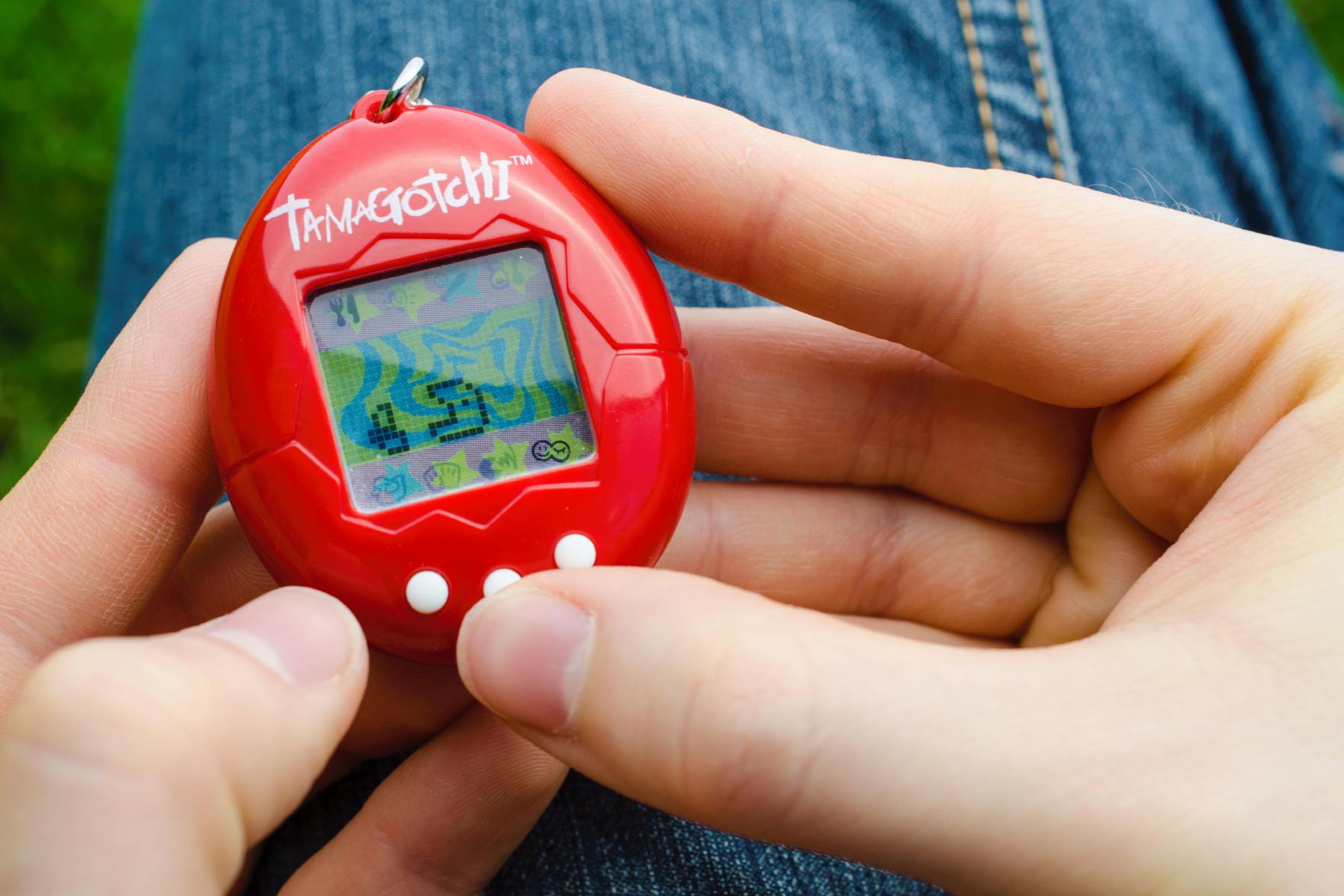Technology
Tamagotchi’s Role in Shaping Millennials’ Device Dependency

The psychological impact of the 1990s digital pet phenomenon, particularly devices like Tamagotchi, has shaped the way millennials interact with personal media today. Originally launched in Japan in 1996 by the toy company Bandai, Tamagotchi and similar devices like Giga Pets revolutionized portable entertainment. These egg-shaped toys required constant attention, establishing patterns of interaction that resonate with today’s smartphone culture.
With their small screens and simple controls, these toys sold 400 million units worldwide within just a year and a half, a figure that highlights their cultural significance. In contrast, Apple took five years to reach similar sales figures for the iPhone, underscoring the swift adoption of these devices.
The evolution of “growing games,” as documented by media scholar Machiko Kusahara, marked a departure from traditional PC games. She notes that Tamagotchi’s appeal lay not in realism but in its innovative psychological engagement with users. The unpredictable alerts and demands for care transformed these toys into emotional companions, fostering a sense of responsibility among users.
The interaction model established by Tamagotchi required users to respond to various alerts, such as beeps indicating their digital pet’s needs.
“At various times, your pet will require a certain kind of attention from you,”
stated the instructions for one iteration of these devices. This dynamic conditioned users to be attentive and responsive, creating bonds similar to those formed with living pets.
As users engaged with their Tamagotchis, they experienced an intertwining of care and dependency. According to Akihiro Yokoi, the inventor of Tamagotchi, taking care of these devices led to emotional attachments. Users learned to interpret the alerts and manage their pets’ health, fostering a relationship that mimicked real-life caregiving.
The implications of this relationship extend to modern technology. Today’s smartphones and personal devices frequently interrupt daily life with notifications and alerts, echoing the demands of Tamagotchi and Giga Pets. The theorist Wendy Hui Kyong Chun describes this interaction as a blend of habitual engagement and crisis response, leading to continual updates and adjustments in user behavior.
Critically, the caregiving model established by these toys has implications for how millennials relate to technology. Sherry Turkle, a sociologist who studied Tamagotchis, emphasizes that these devices taught an entire generation about nurturing relationships, an experience that has been translated into the daily care required for smartphones and other digital assistants.
Modern digital platforms, such as Facebook, have capitalized on this need for interaction. The introduction of features like the Facebook Platform in 2007 allowed developers to create engaging applications, such as SuperPoke! Pets. Users were encouraged to care for virtual pets, fostering a similar dependency as experienced with Tamagotchis. This emphasizes how social media and digital interaction have evolved into systems that reward frequent engagement.
As technology continues to advance, the lessons learned from Tamagotchi about interaction and attachment become increasingly relevant. The emotional bonds formed with these devices can lead to significant stress when they are lost or neglected, a phenomenon mirrored in today’s attachment to smartphones. This relationship raises important questions about the nature of human-device interaction and its impact on emotional well-being.
In the context of contemporary society, the need for regular interaction with personal devices mirrors the demands of earlier digital companions. The evolution from toys like Tamagotchi to the smartphones of today illustrates a trajectory where the emotional and psychological impacts of technology are deeply intertwined with daily life.
As Stephen Monteiro notes in his book, Needy Media: How Tech Gets Personal, the lessons learned from these early devices continue to shape user behavior in the digital age. The deep-seated patterns of care and dependency established by Tamagotchi resonate with the interactions users have with their smartphones today, highlighting a generational shift towards increasingly needy devices.
-

 Science3 months ago
Science3 months agoToyoake City Proposes Daily Two-Hour Smartphone Use Limit
-

 Health4 months ago
Health4 months agoB.C. Review Reveals Urgent Need for Rare-Disease Drug Reforms
-

 Top Stories4 months ago
Top Stories4 months agoPedestrian Fatally Injured in Esquimalt Collision on August 14
-

 Technology3 months ago
Technology3 months agoDark Adventure Game “Bye Sweet Carole” Set for October Release
-

 World3 months ago
World3 months agoJimmy Lai’s Defense Challenges Charges Under National Security Law
-

 Lifestyle4 months ago
Lifestyle4 months agoVictoria’s Pop-Up Shop Shines Light on B.C.’s Wolf Cull
-

 Technology3 months ago
Technology3 months agoKonami Revives Iconic Metal Gear Solid Delta Ahead of Release
-

 Technology3 months ago
Technology3 months agoApple Expands Self-Service Repair Program to Canada
-

 Technology3 months ago
Technology3 months agoSnapmaker U1 Color 3D Printer Redefines Speed and Sustainability
-

 Technology3 months ago
Technology3 months agoAION Folding Knife: Redefining EDC Design with Premium Materials
-

 Technology4 months ago
Technology4 months agoSolve Today’s Wordle Challenge: Hints and Answer for August 19
-

 Business4 months ago
Business4 months agoGordon Murray Automotive Unveils S1 LM and Le Mans GTR at Monterey









